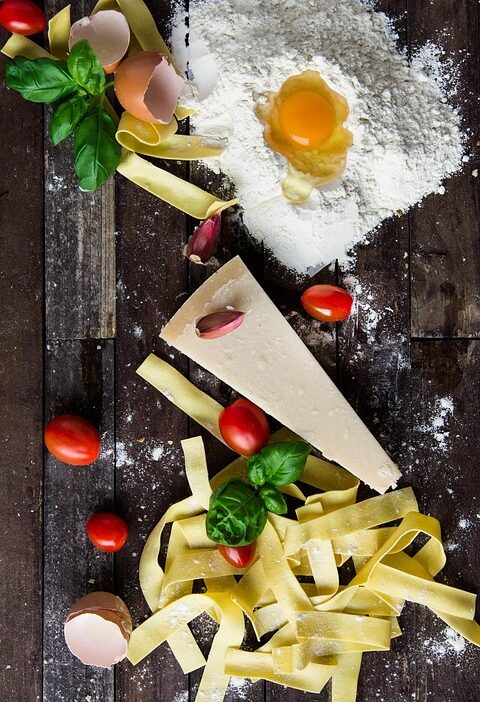Seasoning is the invisible hand that transforms a simple dish into a culinary masterpiece. While ingredients are fundamental, it is the careful application of salt, herbs, spices, and other flavor enhancers that elevates everyday cooking into something memorable. Let’s explore the art of seasoning, providing you with the tools to craft dishes bursting with flavor and complexity.
Understanding the Basics of Seasoning
1. The Role of Salt
Salt is often referred to as the foundation of flavor. It serves not only to enhance natural tastes but also to balance sweetness and acidity. There are various types of salt, including kosher, sea, and table salt, each with unique textures and flavors.
- Kosher Salt: Popular among chefs for its coarse grains, which make it easy to pinch and sprinkle.
- Sea Salt: Harvested from evaporated seawater, it can add a delicate, mineral quality.
- Table Salt: Highly refined and often fortified with iodine, it’s a staple in many households.
2. The Complexity of Herbs
Fresh and dried herbs introduce aromatic notes to dishes. Fresh herbs, such as basil, cilantro, and parsley, tend to be added at the end of cooking to preserve their bright flavors. In contrast, dried herbs, like oregano and thyme, are more potent and can withstand longer cooking times.
3. The Power of Spices
Spices are the exhilarating heart of seasoning. They not only heighten flavors but also add warmth, depth, and sometimes heat. Spices like cumin, paprika, and cinnamon can transform a dish’s profile entirely. Understanding the synergy between spices is key—while some can stand alone, others work best when paired.
4. The Importance of Acidity
Acidic components such as vinegar, citrus juices, and tomatoes work wonders in balancing flavors. A splash of lemon juice or a spoonful of balsamic vinegar can brighten a dish, cutting through richness and enhancing the flavors overall.
Mastering the Technique of Seasoning
1. Taste as You Cook
The most crucial advice for mastering seasoning is to taste as you cook. This allows you to adjust flavors in real time. Start with small amounts of salt or spices, and gradually build up. Remember that you can always add more but cannot take away.
2. Layering Flavors
Layering flavors involves adding seasonings at different stages of cooking. For example, you can season meat before browning it, add herbs while simmering, and finish with a drizzle of high-quality olive oil or a sprinkle of sea salt just before serving. This technique builds complexity.
3. Considering Texture
Seasoning isn’t just about flavor; it also involves texture. Crunchy elements, like toasted nuts or crispy herbs, can enhance the mouthfeel of a dish. Consider how your seasoning choices affect the overall experience of your meal.
4. Experimenting with Balance
Achieving balance is key to great seasoning. This involves finding the right harmony between salty, sweet, sour, and bitter. For instance, if you find a sauce too salty, you can add a touch of sugar or sweetness to counteract it. The key is to remember that all elements work together.
Tips for Advanced Seasoning
1. Infusing Oils and Vinegars
Infusing oils and vinegars with herbs, spices, or citrus peels allows you to create unique flavor profiles that can elevate simple dishes.
2. Utilizing Umami
Don’t overlook umami—the savory taste often found in ingredients like mushrooms, soy sauce, and aged cheeses. Incorporating umami-rich foods can add depth and richness, making meals more satisfying.
3. The Power of Marinades
Marinating proteins infuses them with flavor and enhances tenderness. A simple mix of acid (like yogurt or vinegar), oil, and seasonings can work wonders.
4. Understanding Cooking Methods
The way you cook can also affect seasoning. For example, braising often allows spices to develop deep flavors over time, while grilling can create caramelization that enhances sweetness.
Conclusion
Seasoning is as much an art as it is a science. With practice, you will learn to trust your palate and develop an intuitive sense for what each dish needs. By understanding the various elements of seasoning, from the foundational role of salt to how to balance flavors, you can create delicious, satisfying meals that reflect your unique culinary style. So, roll up your sleeves, experiment boldly, and most importantly, enjoy the flavorful journey that is home cooking!



